After our stop in Sioux City, we took two days to travel across southern South Dakota in search of the Badlands. The first day fulfilled every stereotype of South Dakota — long, straight roads shooting through massive, perfectly level fields in various stages of cultivation. The land seemed to be without end, and the tasks of the farmers working the land also seemed to be without end.
Then we departed the Missouri River basin, and entered a series of unexpected and marvelous landscapes. Climbing out of the river basin brought us through deep valleys and up steep hills with commanding views, as we worked our way up to ever-higher plains. The grassy rolling hills that began to dominate the landscape were dotted with vast cattle herds that dwarfed anything we see in Central Florida. As we approached our destination in the Badlands, we started to see stark white otherworldly formations emerging from the lush green landscape. There were surprises around every corner, but we were completely overcome with awe when we made it into the Badlands proper.
The Badlands National Park is a vast wilderness — almost 250,000 acres — which preserves a former sedimentary flood plain that has been eroded by water and wind into massive and forbidding pinnacles. Shearing the sides away from the sedimentary rock has exposed colorful striations laid down over millions of years as this part of North America experienced many different climates. The shapes are easily interpreted by the mind’s eye as a million different fanciful objects, because they are all so impossible to comprehend.
In geological terms, the Badlands are surprisingly new. The erosion that created all this started about 500,000 years ago, and it moves quickly. There’s about an inch of erosion per year, and these huge edifices will be worn to nothing in 500,000 more years. In other words, now is the perfect time to visit!
Driving the main park road is the best way to see the huge and jaw-dropping eroded mounds, pillars, and peaks, but the erosion is not the only attraction here. The remaining un-eroded high country of the park is a huge grassland area that’s home to prairie dogs, bison, pronghorns, and many bighorn sheep.
In addition to driving the main park road several times and gaping at the scenery, we also tackled the longest hike in the park on the Castle Trail. By including the extra Medicine Root loop, we clocked 11.5 miles through the back country between two of the most popular viewing points. Although the trail was mostly flat, it was tough. We happened to be hiking the morning after a rain storm, and the trail was filled with tricky ponds and slippery clay. The prairie is completely exposed, and even we Floridians were surprised by the intensity of the sun’s glare. The landscape includes lots of evidence of erosion in action, including rocks that have tumbled out of the broken-down sediment. The eroding sediments have left moonscapes of thick clay and rocky fields. But despite the ongoing leveling of once-proud pillars, plant life finds a way to cling onto the very edge of the disappearing plateaus and fill the spaces between the jutting rocks. Spending the day outside the comfort of our truck was a perfect way to appreciate how this unforgiving landscape earned the name “Badlands.”
The relatively rapid erosion of the Badlands made this one of the first centers of paleontology in America, and the visitor center has a lot of interesting information about the fossils that have been collected in the park. The oldest sediment layers were deposited 75 million years ago, toward the end of the period when dinosaurs roamed the earth. This area was under the sea during that period, so the fossils from that era are sea creatures like ammonites. The majority of the fossils collected in the park come from later periods, and record the ancient relatives of horses, dogs, rabbits, and more. We didn’t find any fossils during our stay, but apparently they are being exposed constantly by the ongoing erosion of the sedimentary rocks.
This park has obviously rocketed up our list of favorites so far. Of course, I know we have even more wonders ahead of us, but I’m having trouble wrapping my mind around the prospect of sights that are even more amazing.
Wall
We also stopped in the closest town of Wall, SD a few times to restock. When it’s sunny, warm, and dry, the supply of cold beer runs out surprisingly quickly. We visited the famous Wall Drug on the main drag of this tiny town, not sure what to expect after seeing the advertisements along the interstate for miles in each direction. It’s basically the South Dakota version of South of the Border, except without the painfully racist billboards. Between Wall Drug and the neighboring tourist traps, all the tchotchkes in the known universe were available for purchase. Not surprisingly, I couldn’t get out of there fast enough.
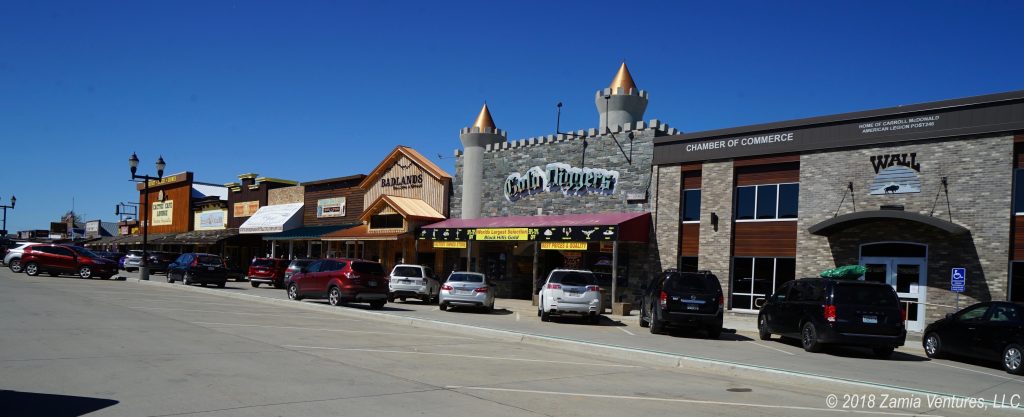
Buffalo Gap National Grasslands
While the national park is absolutely stunning, the mesmerizing terrain is certainly not confined to the park alone. Perhaps the best aspect of our visit was our camping site in the Buffalo Gap National Grasslands. National grasslands are basically national forests, but without trees. Like national forests, they are administered by the US Department of Agriculture for a variety of uses including industry (grazing), conservation, and recreation.
The key point for our purposes is that free dispersed camping is allowed throughout the national grasslands. Encompassing over half a million acres, the Buffalo Gap National Grassland basically surrounds the Badlands National Park. As the name suggests, it’s mostly prairie, but inhabits the same geography as the park and shares many of the geologic features.
We camped at an incredible location in the grassland just north of the Pinnacles entrance to the national park (pinpoint map here). We were perched on a grassy bluff, overlooking a broad plain that rippled with eroded formations. The formations looked different throughout the day, changing their character from the piercing light of dawn through the harsh light of day until the soft light of dusk. From our elevated location, we saw rain storms moving across the distant prairie. We had a herd of pronghorn graze less than 100 yards from our trailer one morning.
The campsite is not at all isolated — we were less than a mile north of the park entrance, near several cell towers (woo hoo! blazing fast data!), and within 7 miles of Wall, SD. And this place is not a secret; we had about a dozen neighbors camping in the area with us over Memorial Day weekend. But the place is so big that the closest campers were a hundred yards away, and it felt completely private. In a twist of serendipity, it turned out that one of the other campers in the area was a person whose blog I have been following for years. We enjoyed a lovely evening of meeting in person to kick off the Memorial Day weekend.
All of the photos in this section, and the one at the top of the post, were taken from our campsite. For the whopping cost of $0, we spent 5 days enjoying some of the greatest scenery I have ever laid eyes on. We could have spent all our time at the campsite and still had an amazing visit.
As I read back over this post, it’s obvious to me that the photos can’t do justice to this incredible place, and my words have also failed. This powerful place has filled us with awe, and makes us feel very small and insignificant as we behold its grandeur.
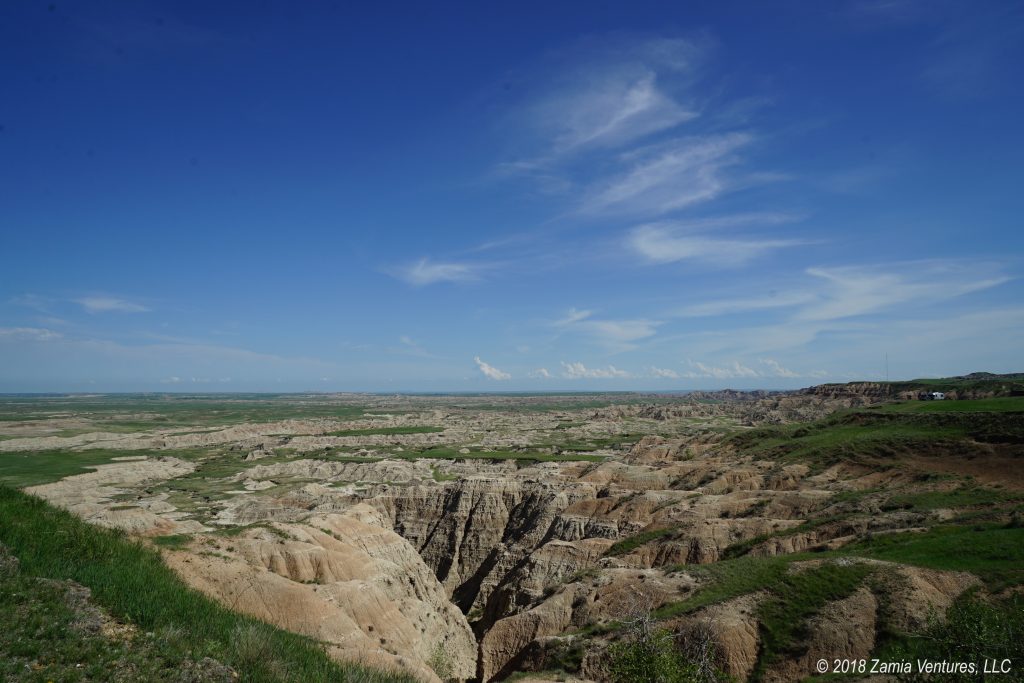
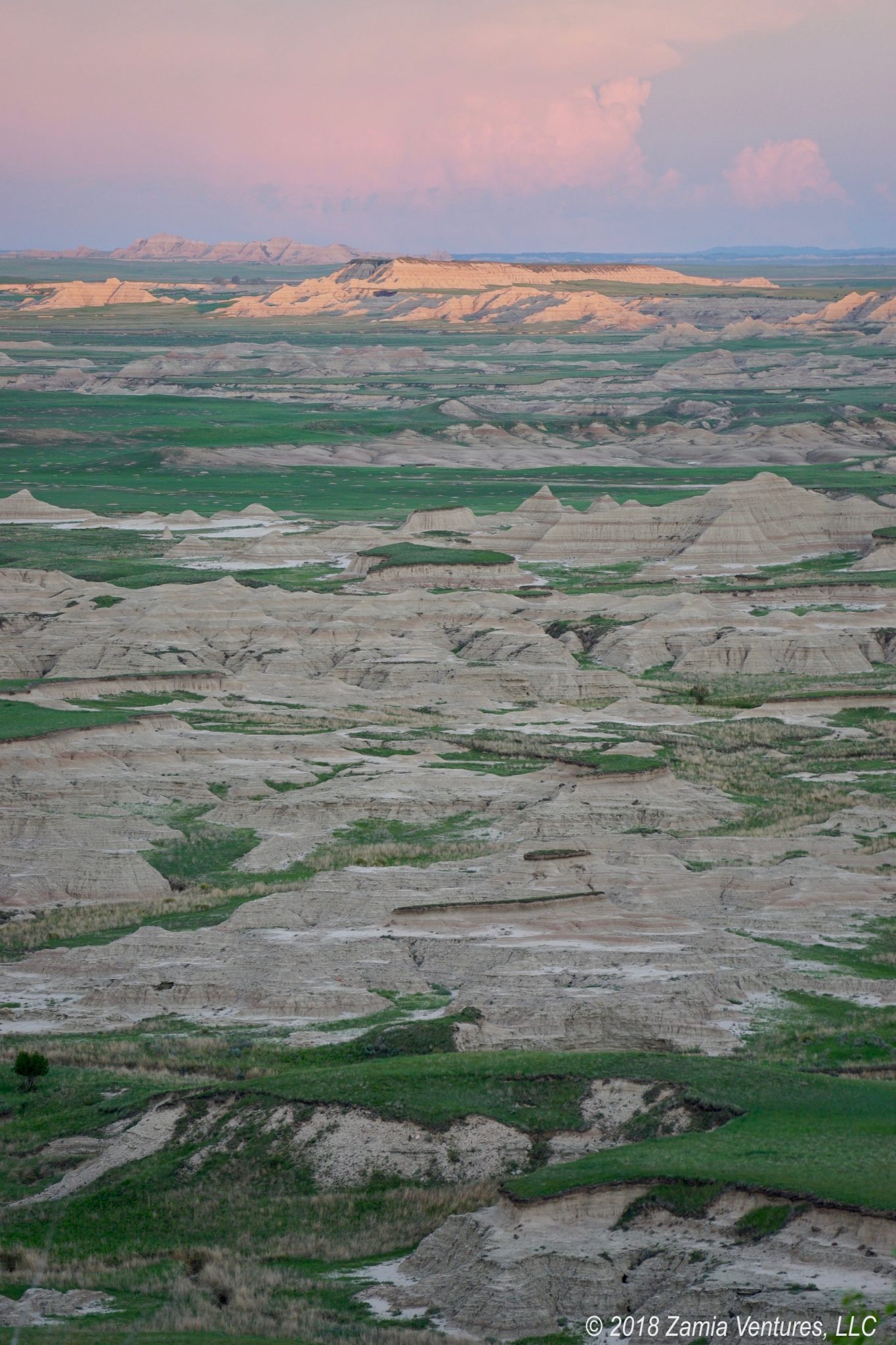
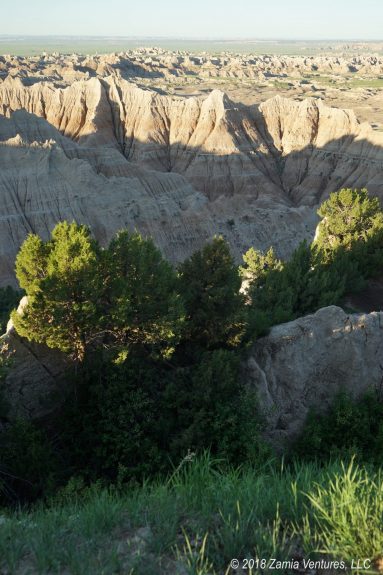
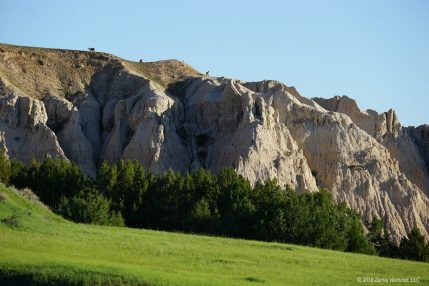
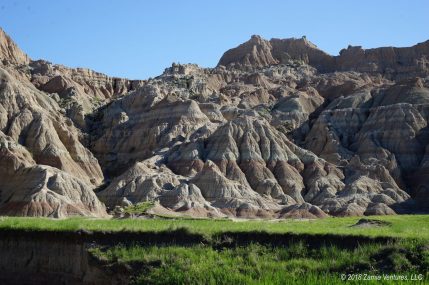
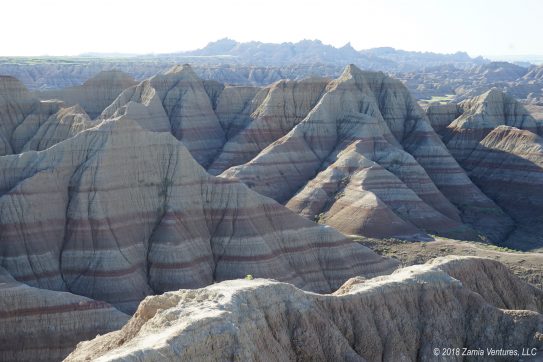
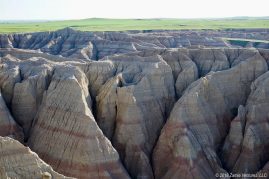
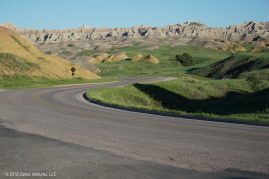
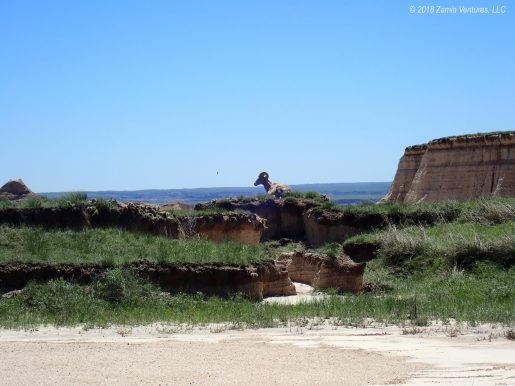
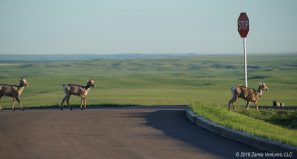
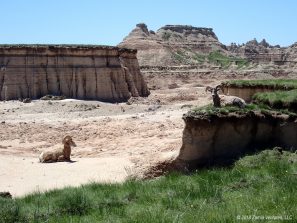
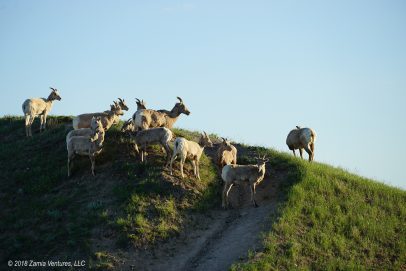
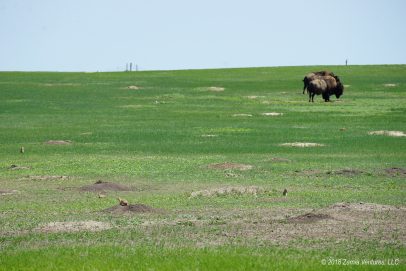
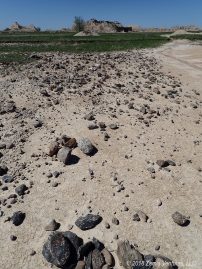
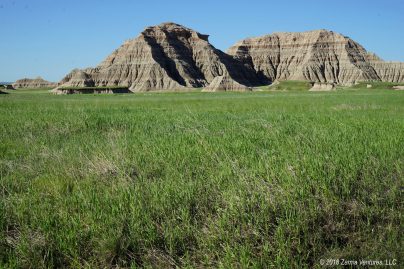
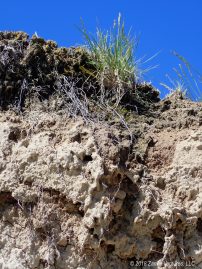
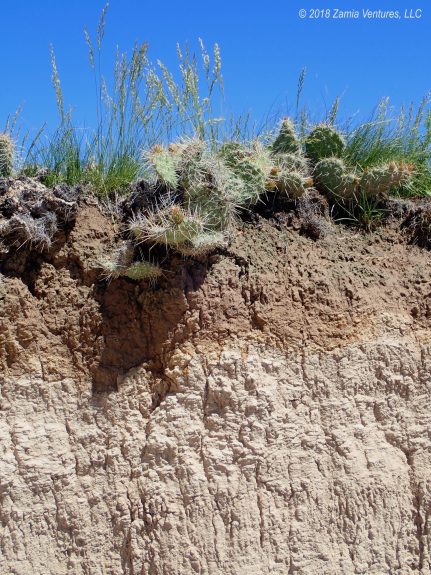
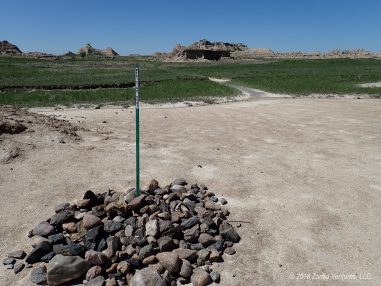
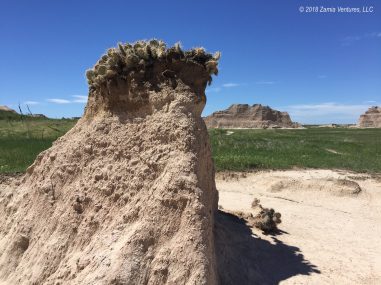
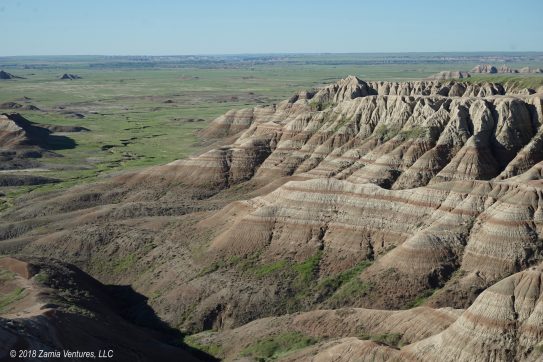
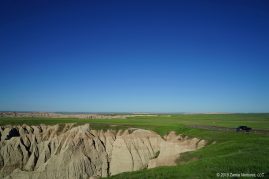
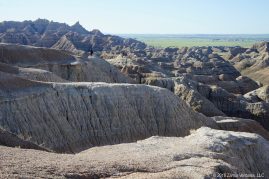
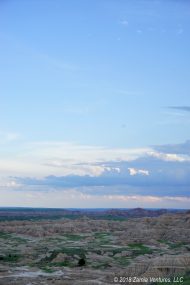

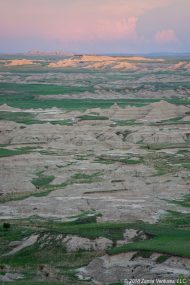
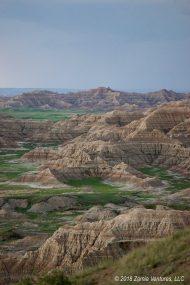
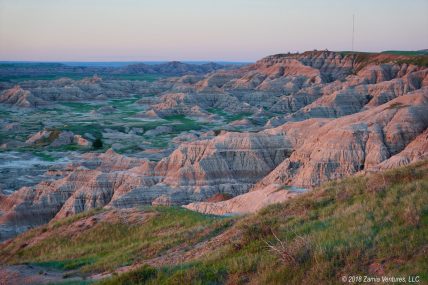
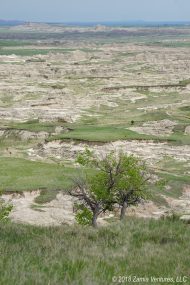
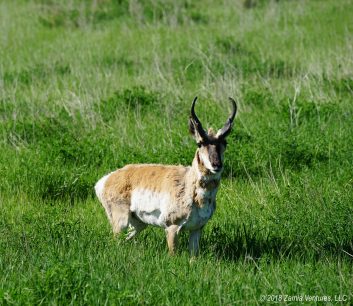
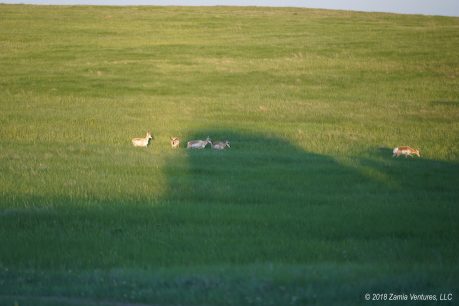
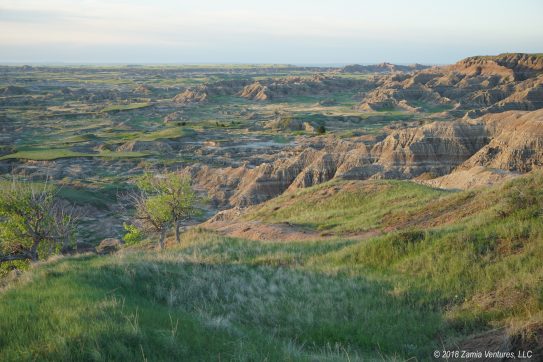
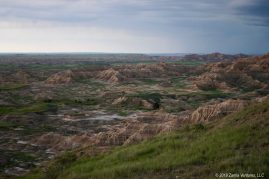
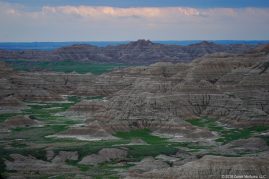
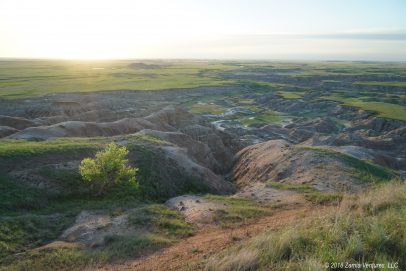
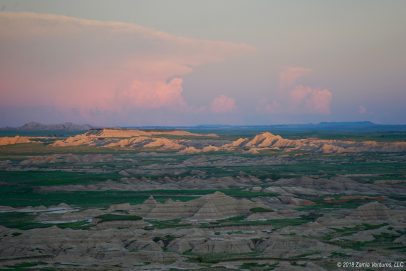
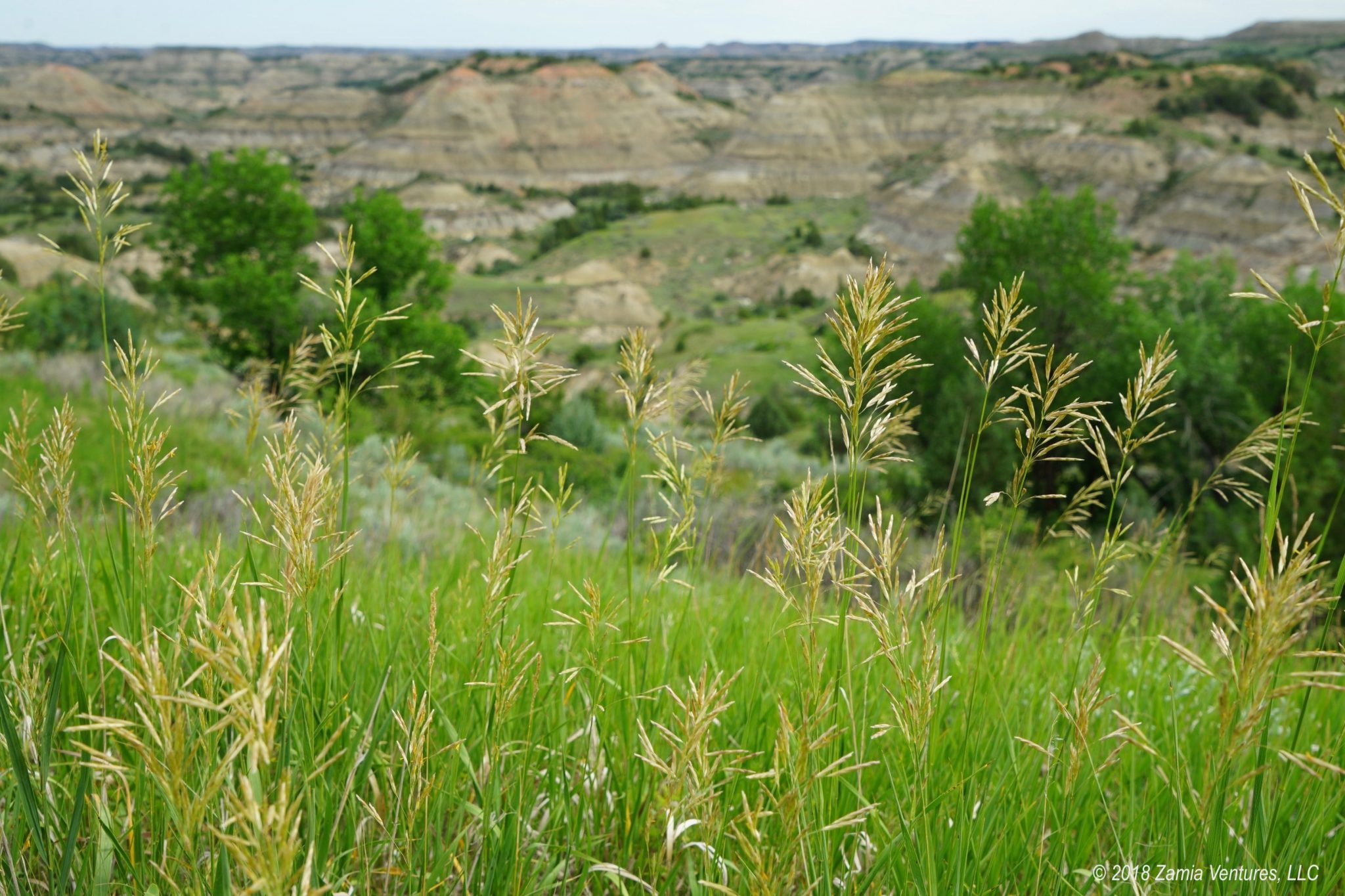
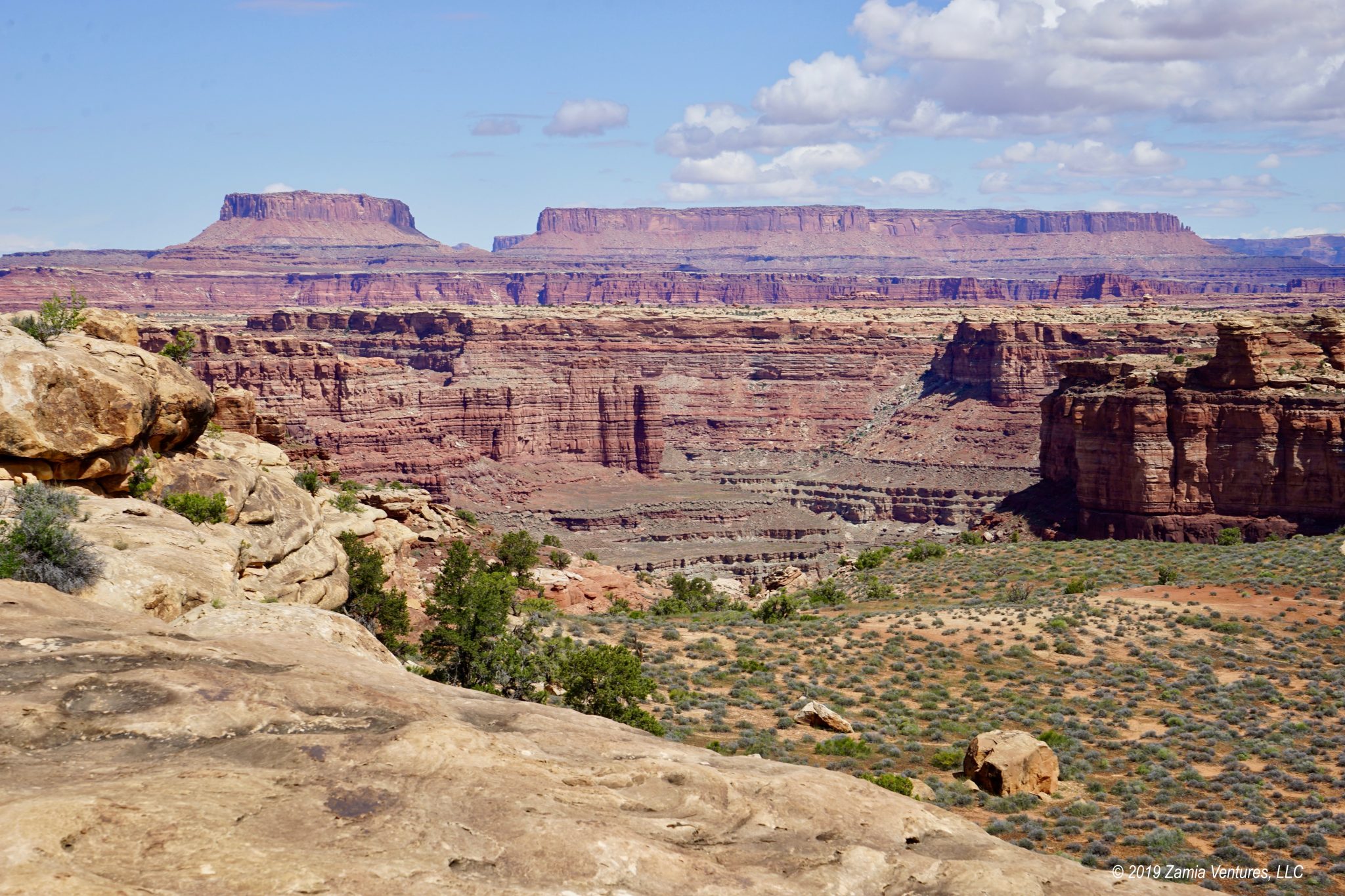
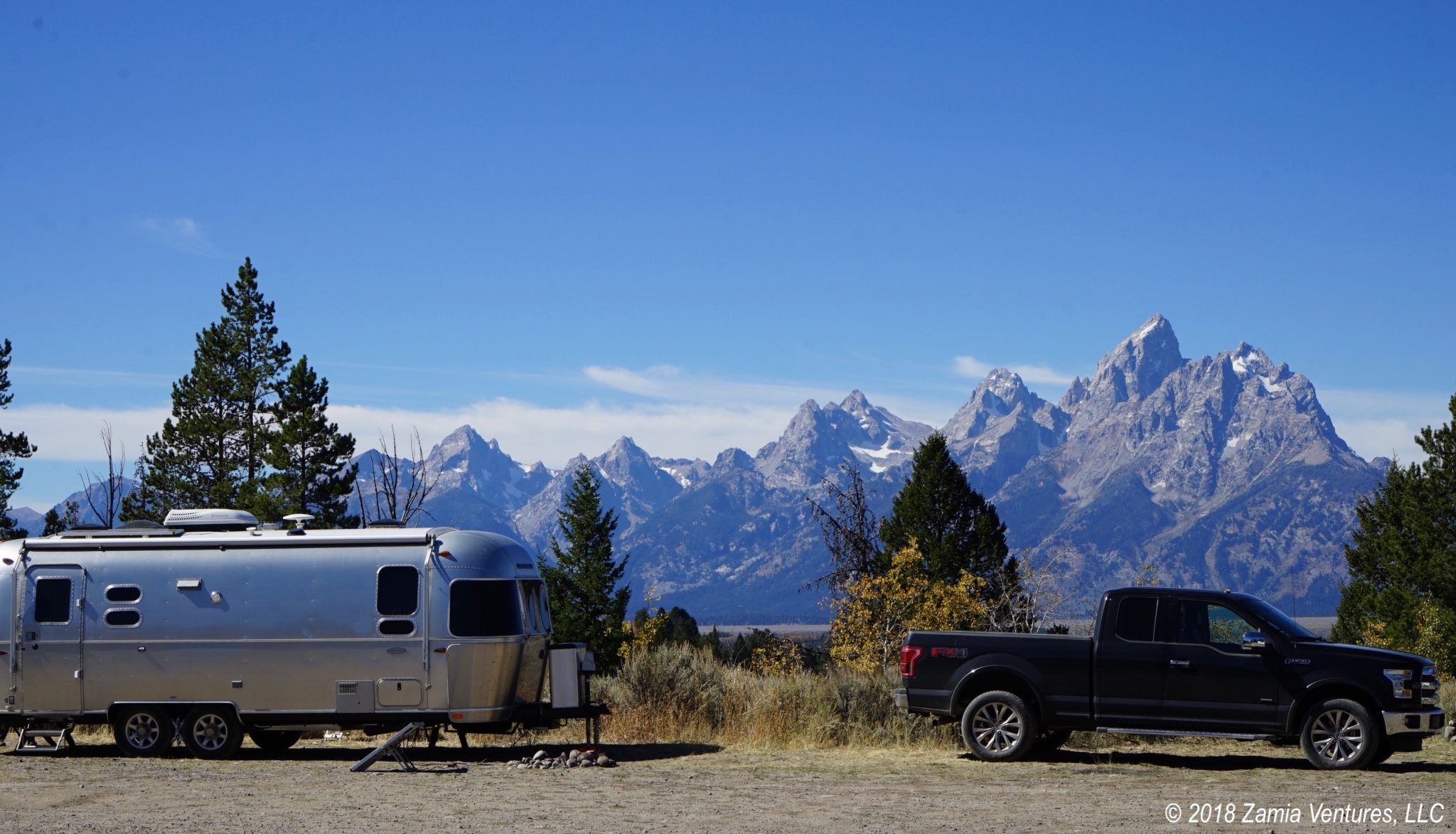
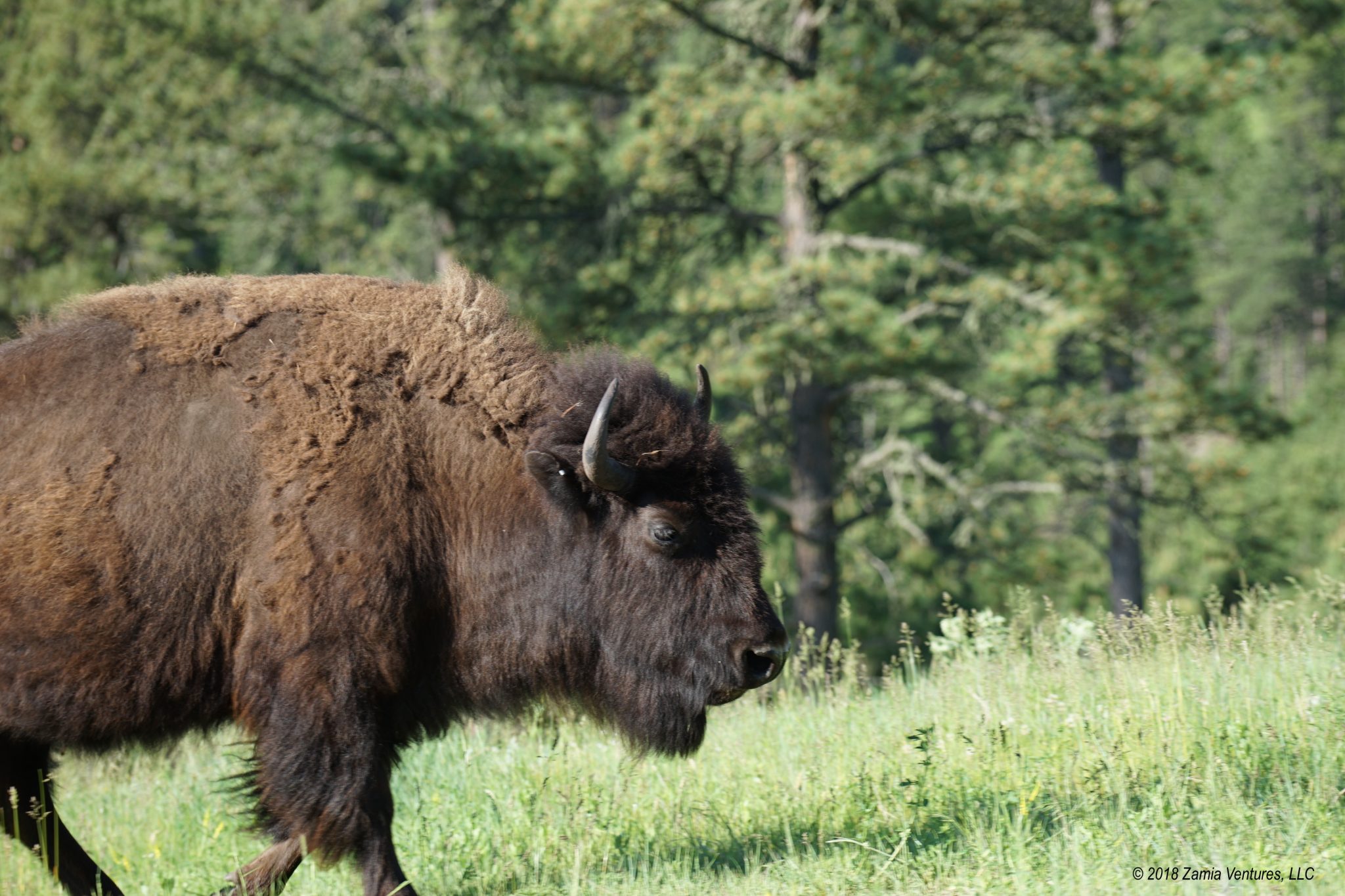
What an awesome experience you are having. Amazing landscapes, fauna and flora!
Your reports are so descriptive that one almost feels like participating in your adventures.
Beautiful photos especially when viewed full page. Can’t wait to hear about your next stop in your travels.
Yes, I pinch myself just about every day to make sure I’m not dreaming. Truly the experience of a lifetime!
I feel like Badlands National Park is probably just like Bryce. I had seen tons of pictures of Bryce, but was completely unprepared for what it felt like to walk up to the canyon’s edge and take in the scenery. And not a single photo I took came close to capturing it. These places are just so big and so foreign and so mind boggling, you have to see them for yourself. We look forward to checking out this area of the country next year. I did not know about the free camping just outside of the park, so we will most definitely take advantage of that.
I’m told that Utah will impress me even more than the Badlands. I’m willing to give it a chance to do so. 🙂 The free camping is easy to find on Campendium — just search “Wall, SD” and you’ll see several sites along 240 between Wall and the entrance to the park.
Jan and I highly recommend the evening / night cruise on the Colorado river in Moab, UT. The rock formations, history and Native American legends are worth seeing and hearing on the ride. They also light up sections of the rock formations after dark from a truck with high powered lights driving on a road beside the river. Even a basic astronomy lesson is included. It’s advertised as a dinner cruise, but the dinner is done in a building at the dock before the cruise and was quite good!
We are really enjoying your blogs!
We will definitely check that out when we get to Utah next year. Thanks for the suggestion!
Amazing photos!